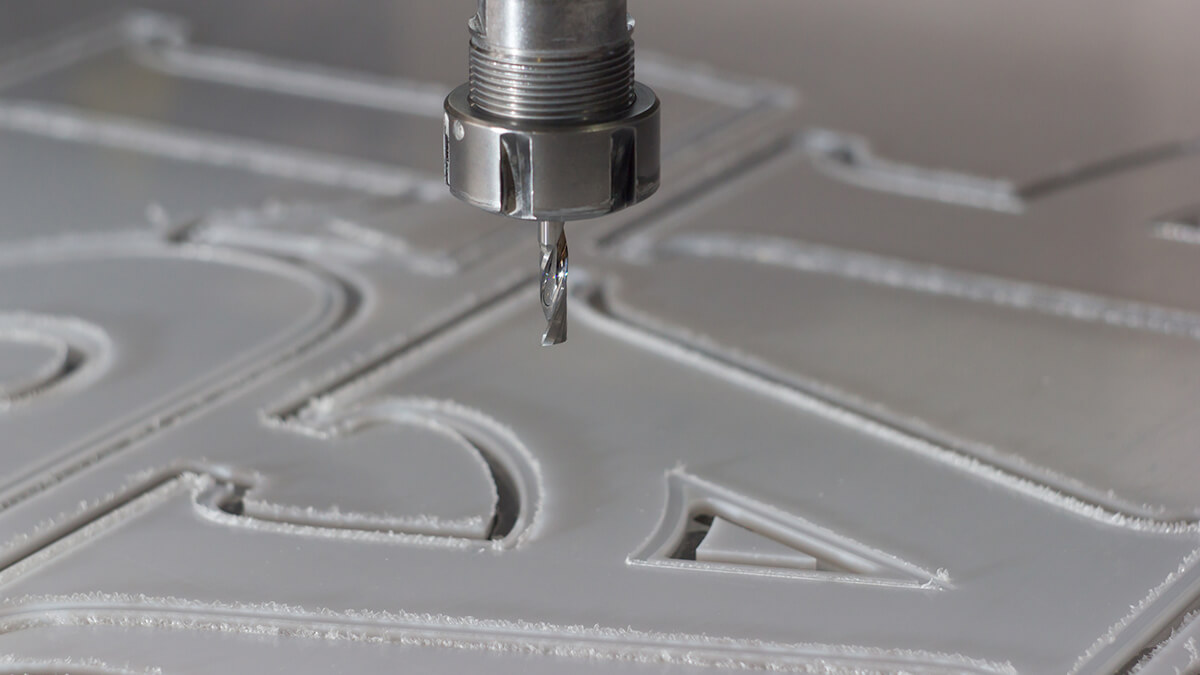The term originates from English, known as plate metal. Typically, certain metal sheets undergo plastic deformation either manually or through die-stamping to attain the desired shape and size. These sheets can then undergo additional shaping through welding or a limited amount of mechanical processing to create more intricate components.
What Is Sheet Metal?
In a broad sense, sheet metal encompasses the processing of various types of metal plates through actions such as sampling, cutting, bending, forming, tapping, welding, assembly, painting, and more. Common products resulting from sheet metal processing find applications in automotive sheet metal, home electrical machinery shells, aerospace technology, sports equipment, office iron cabinets, computer equipment hardware, mechanical equipment shells, air conditioning duct systems, advertising billboards, metal utensils, kitchen cabinets, architectural iron doors and windows, distribution boxes, and more. Hence, the sheet metal industry plays an indispensable role in various aspects of our daily lives.
Sheet metal also serves as a crucial method in automobile maintenance, often referred to as cold making. When the body's appearance is damaged or deformed, sheet metal processes are employed to restore the original appearance. Typically utilizing a hammer and iron blocks of various shapes, technicians repeatedly strike the sheet metal parts to shape them. Additionally, appearance repairers, a form of welding, are employed to weld an iron ring onto the car body and use a hook to pull out depressed parts. For larger, more challenging areas, local heating and cooling are applied to shrink the iron sheet.
The primary objective is to restore the damaged body to its original appearance.
Sheet metal, which refers to thin metal plates subjected to a series of processes, including folding, shearing, punching, welding, riveting, and splicing, can be considered a design module for items made from sheet metal. It differs from solid materials, as sheet metal maintains a consistent thickness, and various products in our daily lives are constructed using this material.
Sheet metal processing involves a range of techniques, such as cutting, bending, buckling, welding, riveting, and more, applied to manufacture items like chimneys, iron drums, and oil tanks. It necessitates a solid understanding of geometric principles. Sheet metal parts, typically possessing constant thickness throughout processing, can be created through stamping, bending, stretching, and similar techniques.
Key steps in a sheet metal factory often include cutting, punching/cutting, and folding. Modern sheet metal processes incorporate filament power winding, laser cutting, heavy processing, metal bonding, metal drawing, plasma cutting, precision welding, roll forming, metal sheet bending, die forging, water jet cutting, and more. Various 3D software platforms, including SolidWorks, UG, Pro/E, SolidEdge, and TopSolid, feature sheet metal parts that enable the editing of 3D graphics to obtain necessary data for CNC machines.
In sheet metal workshops, the processing steps involve preliminary tests, product processing trial production, and product batch production. Laser drilling technology, utilizing pulsed lasers with higher energy density and shorter processing times, is a prevalent method for creating small holes with precision, especially suitable for thin materials. Laser drilling is versatile, capable of processing small holes at certain angles and achieving intricate results on materials with varying hardness levels.
Laser drilling technology offers automation capabilities and is particularly effective for punching burner parts of gas turbines, providing three-dimensional directional punching with thousands of holes. Materials like stainless steel, Inconel, and HASTELLOY-based alloys can be punched with lasers, unaffected by material properties, and easy to automate.
The advancement of laser drilling technology has led to fully automatic laser drilling machines, revolutionizing traditional sheet metal processing methods. Unmanned operations enhance production efficiency, contributing to the overall automation of the sheet metal industry and achieving remarkable processing effects.














